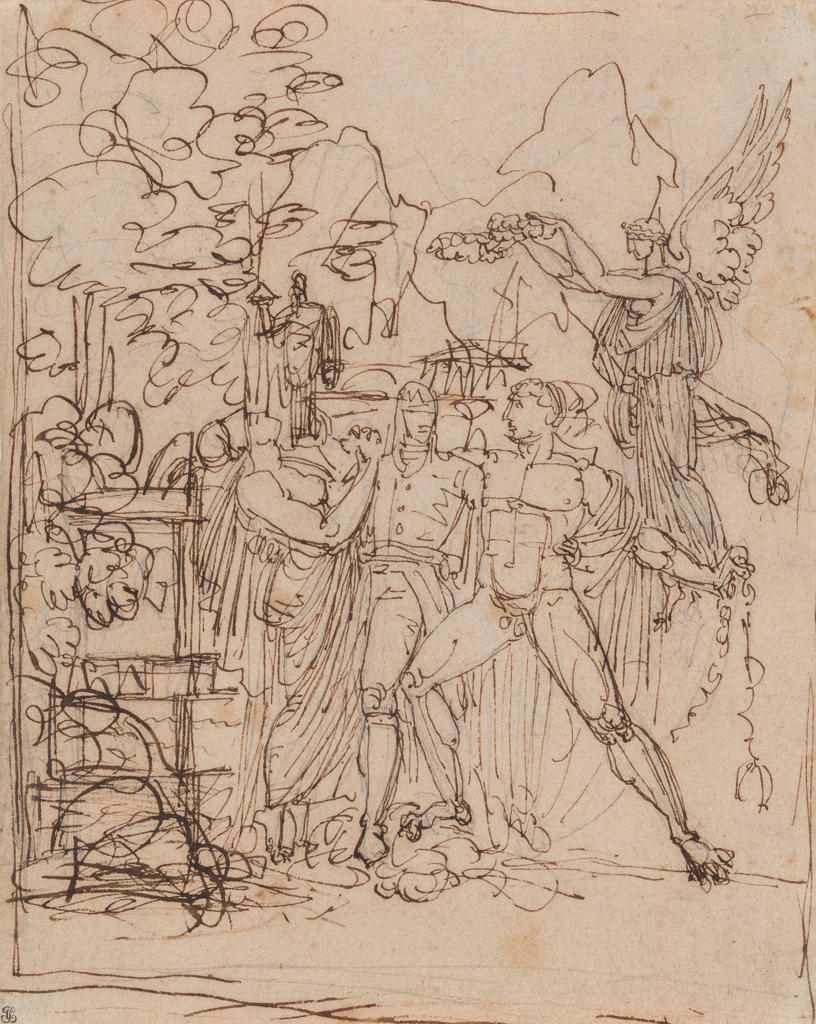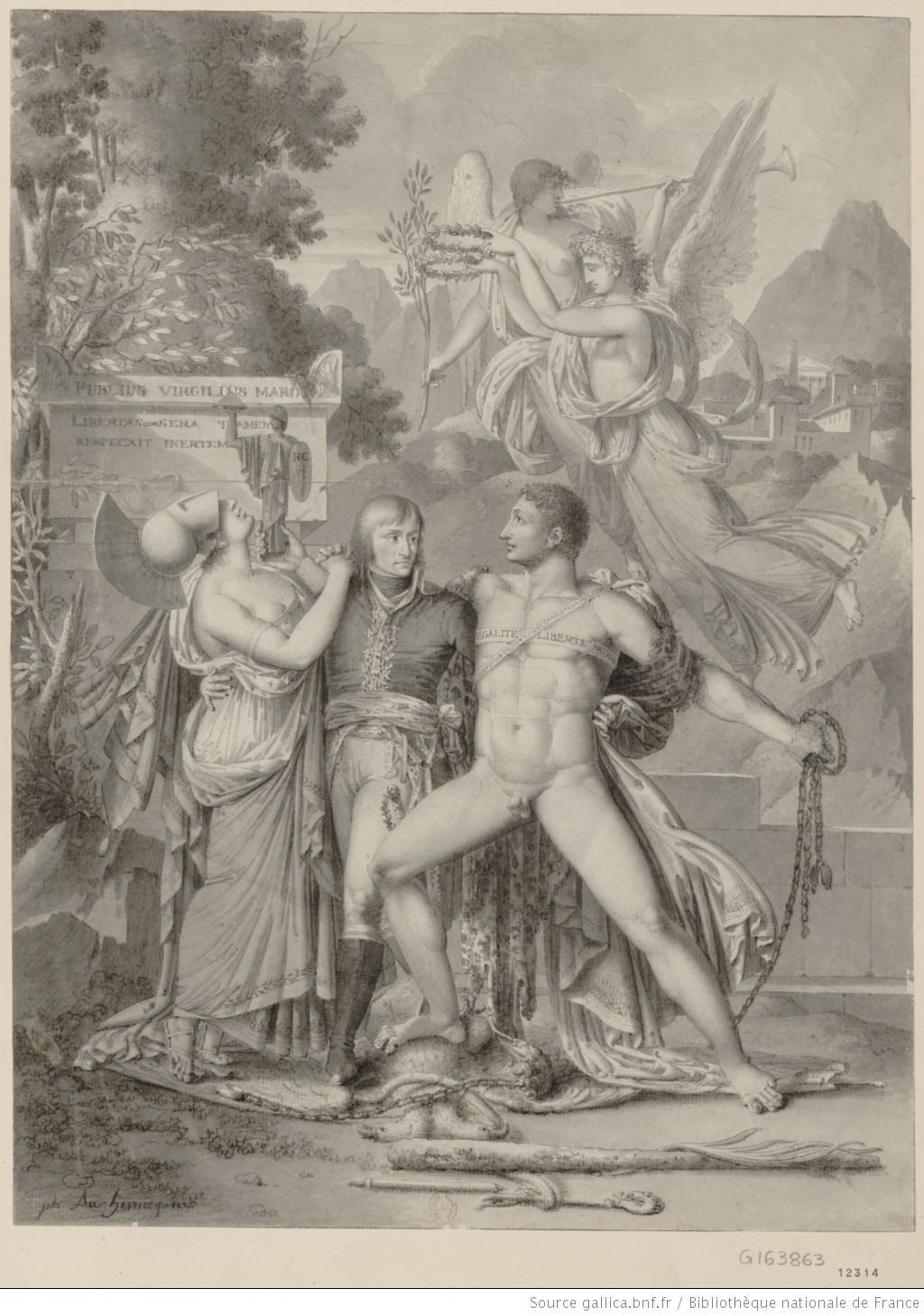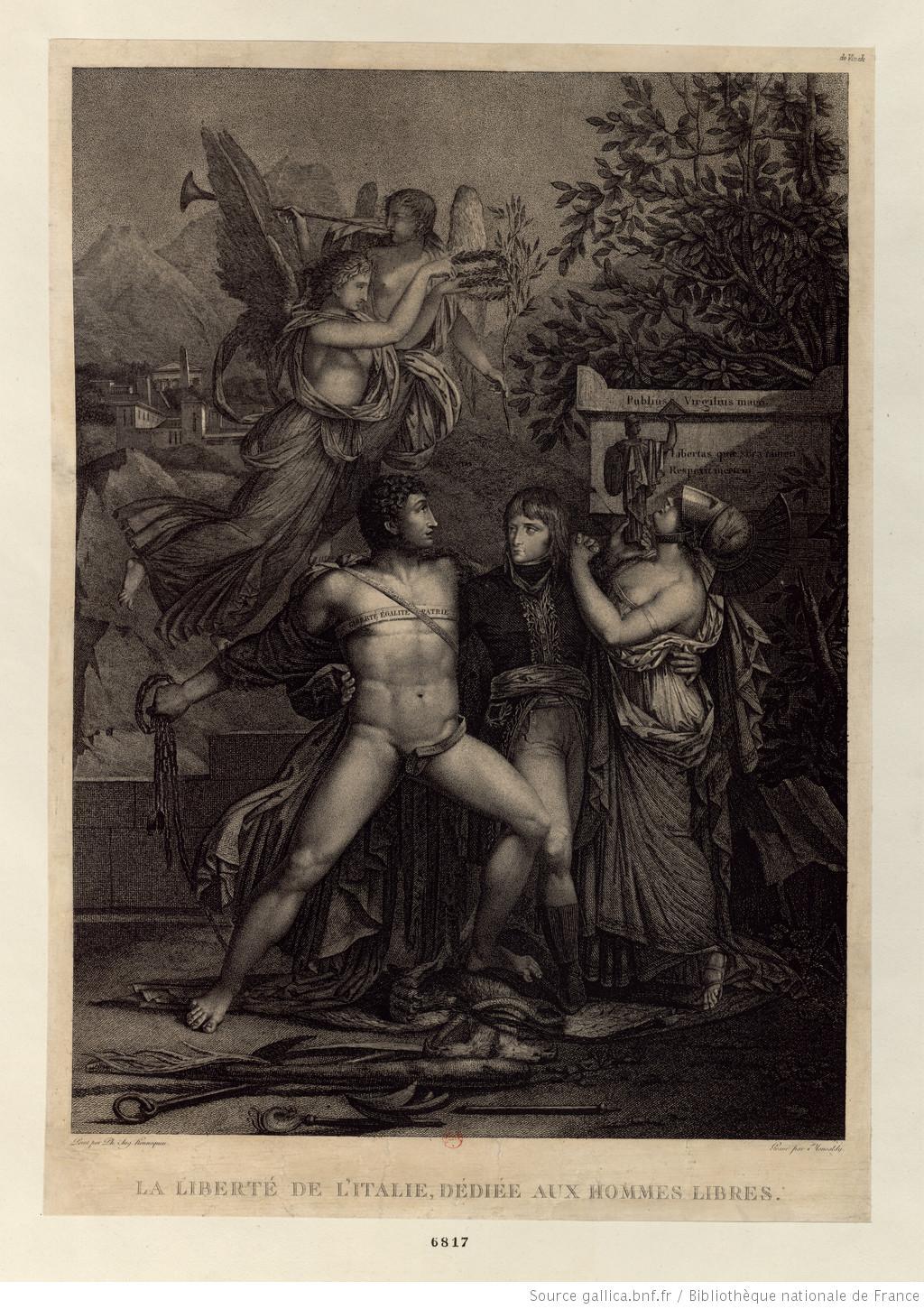Every successful treasure hunt has a moment of shining glory, in which the “x that marks the spot” becomes reality. Maybe a dusty chest pops open to reveal strings of pearls, shining emeralds, and precious metal goblets, or perhaps a vault door rolls back to emit blinding golden light.
This summer, I had one such moment in the Prints, Drawings, and Photographs Department of the RISD Museum. Locked away behind key-card access and heavy doors, a vault awaited. The shelves upon shelves of black solander boxes full of works on paper are treasure chests in their own right, and pulling objects from storage quickly became one of my favorite parts of the internship. Every once in awhile, I would unlatch one of these boxes and happen upon a particularly wonderful Degas drawing or Rembrandt print. Golden light may as well have burst forth while I pulled away the interleaving, the paper that protects the works inside the folder.
In preparation for a rotation of work in the European galleries, I was given the task of preparing a label for one of the Museum’s many treasures, a drawing by Philippe Auguste Hennequin.
When I pulled this work out of in storage in June, my reaction was filled more with curiosity than astonishment. Several unidentified figures took shape in loose lines and sketchy curves, so I turned to a less glamorous but equally important vault. A few rooms down the hall from storage in the PDP Department, drawers hold files with scholarship and documentation to accompany each object. Some files are inches thick, while others contain just a few documents. This file included a single condition report and several images. Armed with a library card (as well as a pretend trench coat and real magnifying glass), I put my best detective skills to work.
As it turns out, this drawing depicts a very important moment in the rise of Napoleon Bonaparte’s power. With some research, it was possible to unite RISD’s preparatory sketch with a finished product: a final drawing that was made into a propaganda print. (Both are shown below.) Having defeated the Austrians in a military power struggle over Italian territories in 1797, General Napoleon granted his new Italian sister-state freedom.
In our drawing, Napoleon is depicted as a heroic liberator, flanked by a female figure in a helmet suggestive of Minerva, the Roman goddess of wisdom; the figure represents Italy. To Napoleon’s other side, a muscular Herculean nude, probably a representation of the French people, has broken through chains of oppression and holds out a small statue, a gesture from the French to their new allies. This statuette, a vision of justice and equality, grasps a level and a shield. Both the style and content of this depiction serve to place Napoleon symbolically within the context of the Roman Empire’s classical past. In fact, Virgil’s tomb can even be spotted in the background. The soon-to-be emperor later reflected on this victory, recalling that in Italy “I realized I was a superior being and conceived the ambition of performing great things, which hitherto had filled my thoughts only as a fantastic dream.”
While the RISD Museum’s preparatory drawing is mentioned infrequently in scholarship, it helps us to understand Hennequin’s process, intent, and rhetoric in this particular historical moment. My moment of discovery within this treasure hunt occurred after the object was found, when the work and the related information came together to tell its story.
Margaret North
Providence College BA Art History 2014
International Fine Print Dealers Association Intern 2014


